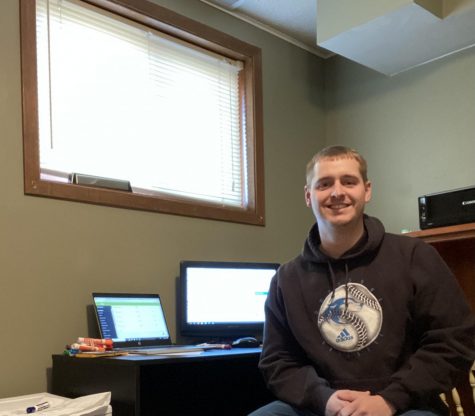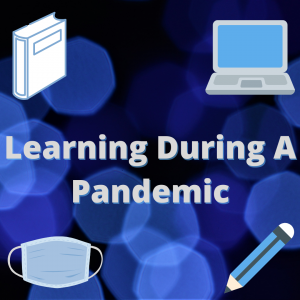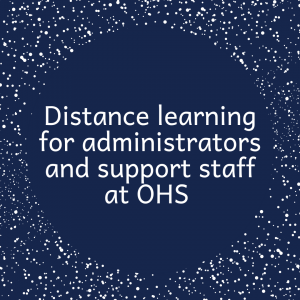Teaching through a pandemic
December 18, 2020

Education has been changed forever. Since the pandemic, teachers have had to find a new way to reach their students. Instead of face to face interaction in the classroom, learning has shifted to distance learning with google meets and zooms.
The change has taken some adjusting for Owatonna High School’s spanish teacher Ms. Micah Cabbage, where missing the face to face interactions are the biggest challenge for her. Ms.Cabbage said, “I personally have struggled with not seeing my students every day– I very much believe in relationships first and value the before and after class chats about what students are involved in as well as their hobbies and other interests, so I find myself missing these interactions a lot.” Seeing students roam the hall, the laughter by the lockers and the collaboration in the classroom are all missing right now.
Although in-person learning has been delayed, education for the future may have taken a turn for the better. Teaching online allows teachers to reach their students wherever they are and allows for the students to reach their full potential. Since materials are online and students can view them at their own pace, they can work further ahead and request more for what they are interested in.
The videos teachers produce on sites like YouTube also provide an opportunity for students who may struggle. They can watch the video, rewind on a foggy part and then ask the teacher for additional help. Learning in this fashion allows teachers to focus more on struggling students and attend to their needs because of their availability. Some may say this is even better because teachers are able to have more personalized teaching towards the students needs.
Technology can be tricky sometimes, teachers have been finding that out the hard way. Mr. James Dahlgren, a math teacher at OHS never thought he would have to teach over a webcam. Some teachers are having difficulty figuring out this new style of teaching. Dahlgren said, “I have had a few problems trying to navigate this virtual world. There was a lot to learn last spring. I wouldn’t call it a problem, but one of the things I think about often is what is the best way to use technology to engage students and help them learn.”
Teachers pride themselves on the content they put out and the progress their students make over the semester but all these new programs, meets, and device trouble could put up a roadblock for students to learn the full lesson. A student in Mr. Dahlgren’s class, Grant Achterkirch, also finds technology difficult to navigate. Since every class is online, the assignments start to pile up. Achterkirch said, “Some problems I have had is confusion with attendance and losing emails as well as assignments.” The confusion limits what can get done and at what capacity.
Education will never be the same. Teachers are now able to reach their students wherever they are. They also are able to provide more in depth material for quick learners and pay more attention to ones who may struggle. Technology is not all it is cracked up to be, there are a lot of kinks that need to be worked out to make learning go as smooth as possible. Upwards of 10 hours a day are spent trying to navigate and teach during these unprecedented times. Teachers work endlessly to bestow knowledge onto the youth- they are not skipping a beat during this pandemic.




